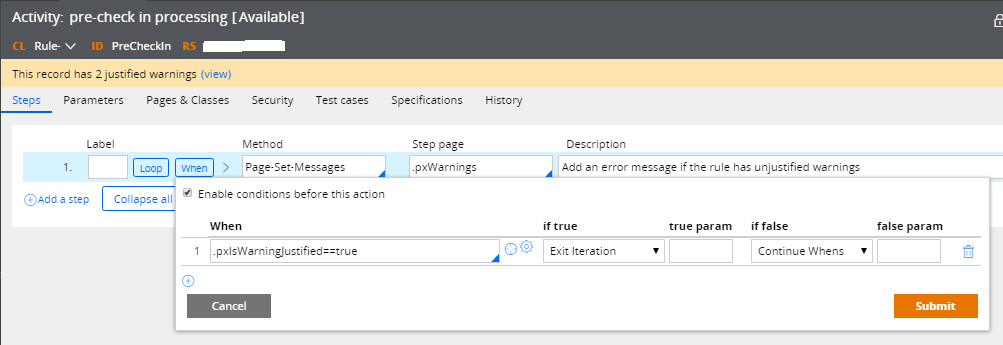No Check-in with Pega Warnings

Prevention is better than cure. One of the main pain points of any Pega project is the gradual accumulation of technical debt . This buildup can be clearly seen by the declining compliance score. One of the ways to mitigate technical debt is to have a keen eye on code smells and refactor regularly. To identify code smells Pega has a static code analysis mechanism called Pega Warnings. Even though the best practice is to fix (or occasionally justify) the warnings as soon as they appear, the best practice is not always followed and rules are checked-in with unattended warnings consequently increasing the overall technical debt of the system. What if there is a way to stop the check-in process if a rule has unattended warnings. Following simple change will halt the check-in process if a developer tries to check-in with unjustified warnings. From my practical experience I can say that this small change will have a huge impact on the overall quality of the code. ...


